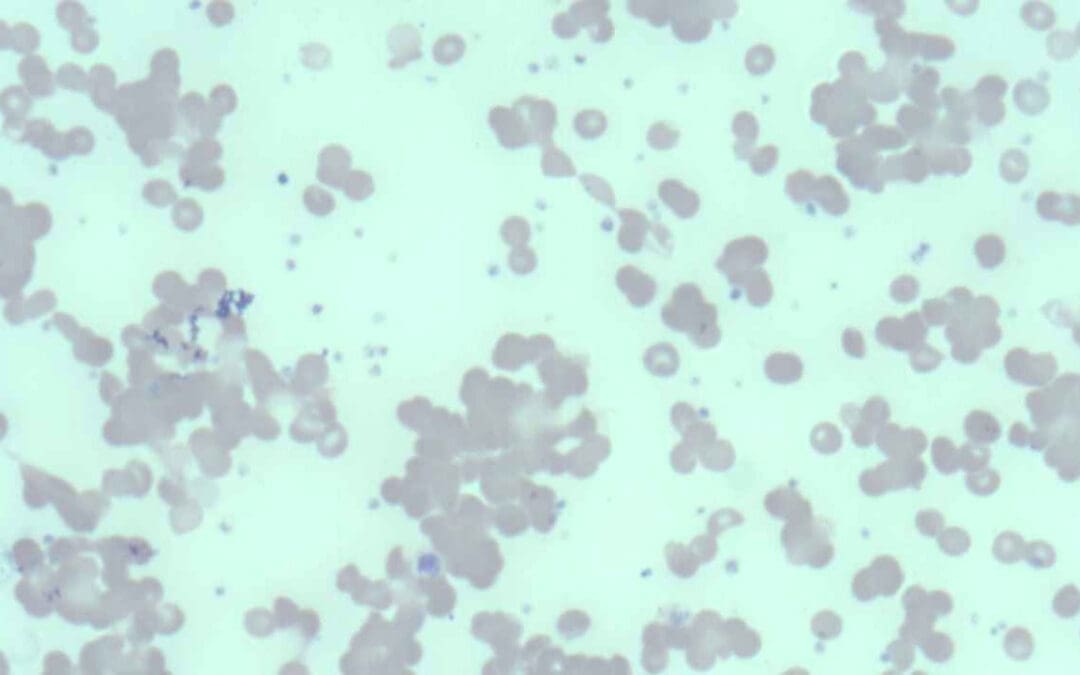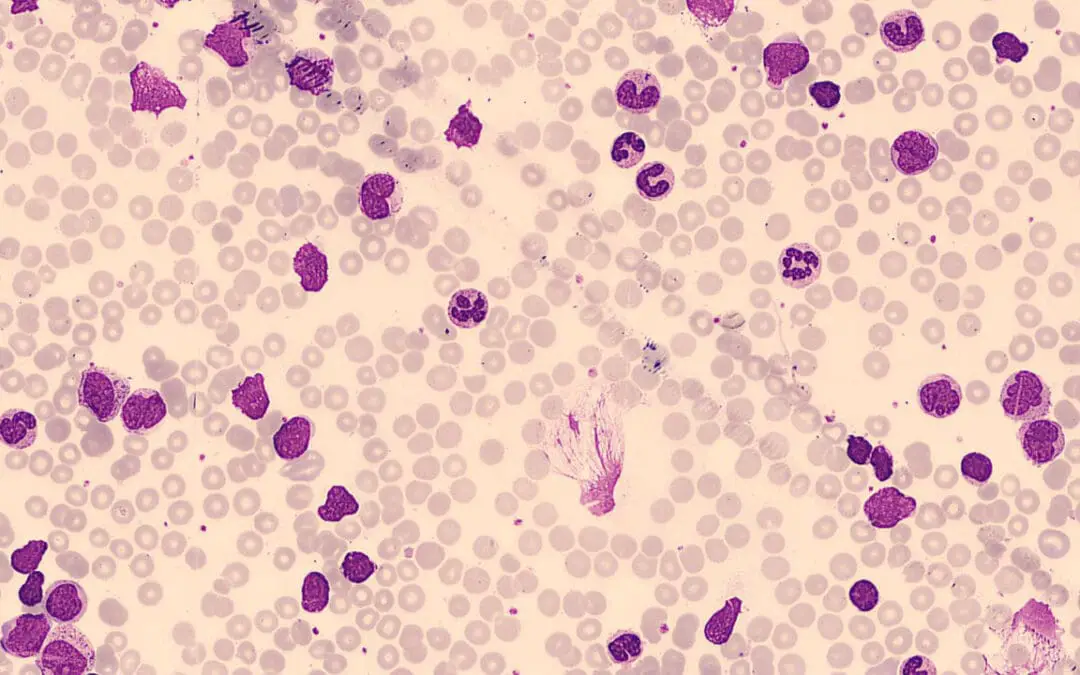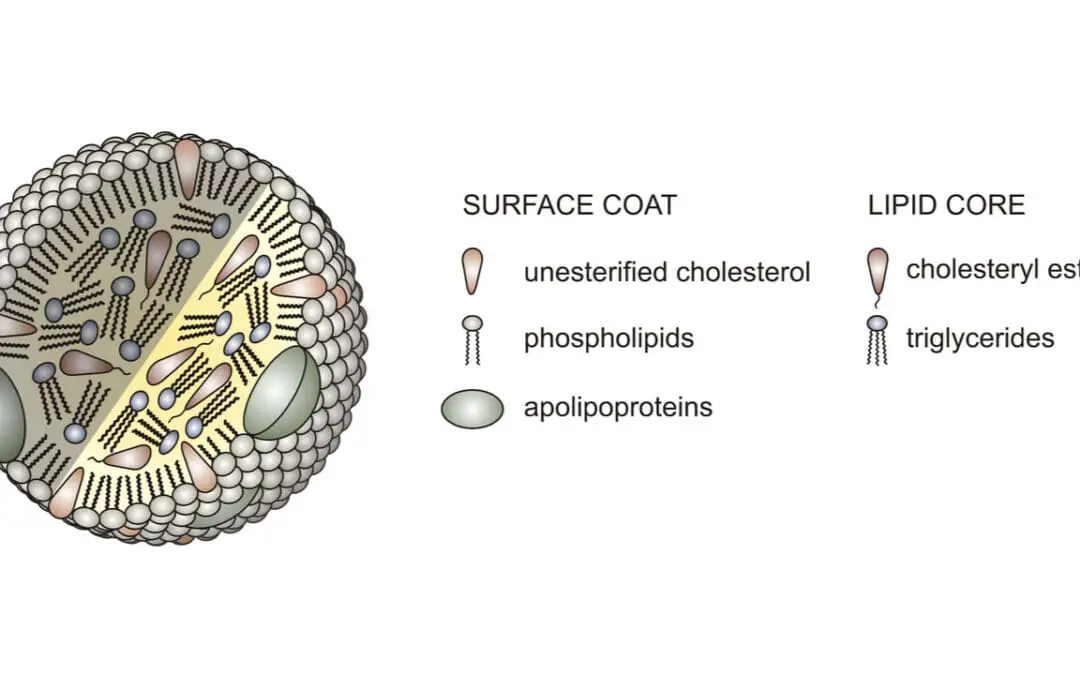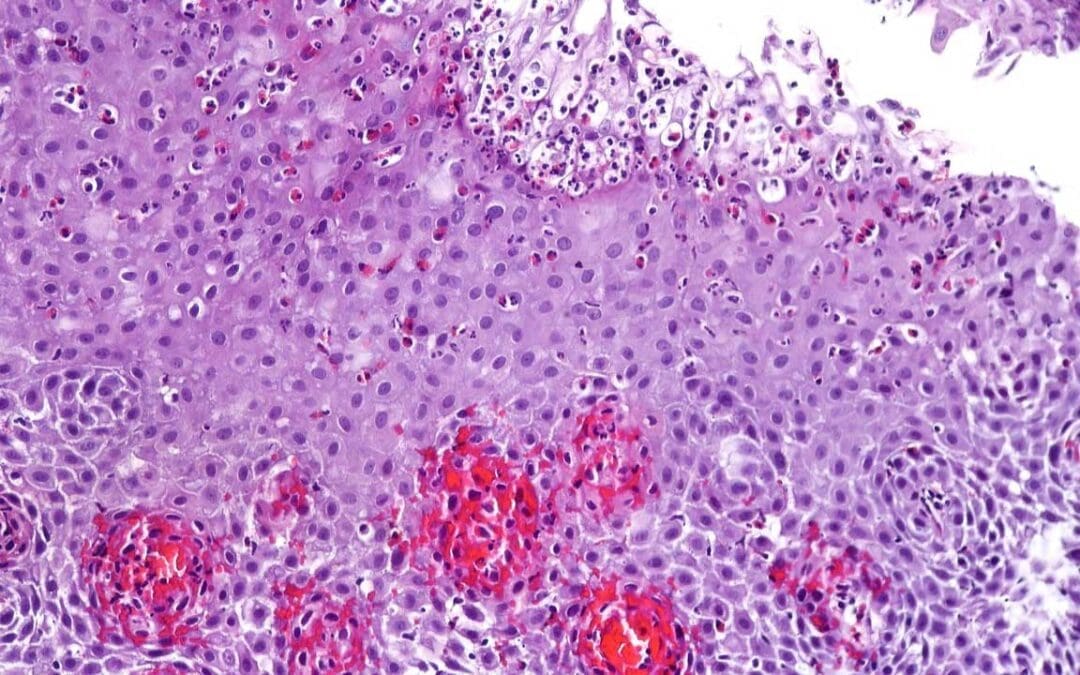
by MH Team | Mar 24, 2025 | Red Blood Cells
TL;DR Cold Agglutinin Disease (CAD) is a form of autoimmune hemolytic anemia caused by IgM autoantibodies that agglutinate red blood cells at cold temperatures, leading to complement-mediated hemolysis. Causes ▾: It can be primary (idiopathic) or secondary to...

by MH Team | Mar 21, 2025 | White Blood Cells
TL;DR Neutrophilia (high neutrophils) is an elevated neutrophil count, crucial for infection defense. Absolute neutrophilia on the other hand is a condition characterized by an abnormally high number of neutrophils indicating a heightened immune response or other...

by MH Team | Mar 19, 2025 | Platelet Disorders, Tests
TL;DR Elevated lipoprotein(a) [Lp(a)] is an independent risk factor for heart disease and stroke, particularly due to increased blood clot formation. Genetic Predominance ▾: Lp(a) levels are primarily determined by genetics. Cardiovascular Risk ▾:...

by MH Team | Mar 17, 2025 | White Blood Cells
TL;DR Eosinophilic esophagitis (EoE) is a chronic, immune/antigen-mediated esophageal disease. It’s characterized by eosinophil-predominant inflammation. Epidemiology ▾: Increasing prevalence, particularly in children and young adults. Male predominance....

by MH Team | Mar 14, 2025 | White Blood Cells
TL;DR AL amyloidosis is a systemic disease caused by a clonal plasma cell disorder, leading to the production and deposition of abnormal light-chain amyloid fibrils in organs and tissues. Pathophysiology ▾: Abnormal plasma cells overproduce light chains that...







Recent Comments